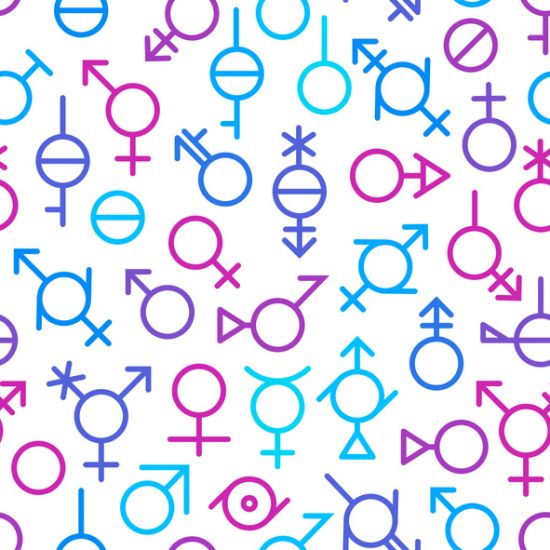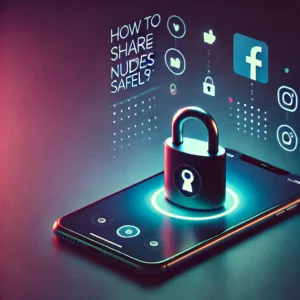
The 21st century has given rise to a compelling conversation, a refreshing narrative that is actively contributing to the enrichment of our societal fabric. This conversation is about gender — specifically, non-binary gender identities. It is an enlightening journey that broadens our understanding of the human condition and nudges us to be more inclusive.
A Word of Welcome
Allow me to invite you, dear reader, into this thought-provoking discussion. I encourage you to come with an open mind, ready to question, learn, and perhaps even unlearn some assumptions you might be holding.
What Does It Mean to Identify as Non-Binary?
At the core of our subject is the term non-binary, a term used to describe a gender identity that does not fit within the conventional binary of male or female. Non-binary individuals may identify as a blend of both genders, neither, or fluctuate between identifying as male or female. They may also identify as another gender entirely.
In 2021, a Gallup poll reported that approximately 11.3% of LGBTQ+ adults identified as transgender, with a significant portion of this group identifying as non-binary or genderqueer. The very existence of these identities forces us to rethink our understanding of gender and question the binary we have long accepted.
Six Pillars of Understanding
To better grasp non-binary gender identities, let’s explore six key concepts:
- Gender is a spectrum: Just as we have a spectrum of colours, so too does gender have a spectrum, with numerous identities falling between the binary poles of male and female.
- Terminology matters: The language we use to discuss gender identity can either create a safe and inclusive environment or one of exclusion and discrimination. Words like genderqueer, genderfluid, and agender are all terms used within the non-binary spectrum.
- Personal pronouns are important: Non-binary individuals may use gender-neutral pronouns such as ‘they/them’ or other neopronouns. Honoring someone’s pronouns is a basic way of respecting their identity.
- Expression versus identity: While gender expression, the outward display of one’s gender, can reflect one’s gender identity, this isn’t always the case. It’s key to remember that identity isn’t solely defined by appearance.
- Legal recognition varies: Legal recognition of non-binary identities differs widely across the globe. In the UK, for instance, the Gender Recognition Act doesn’t currently recognise non-binary identities, a point of ongoing debate and activism.
- Mental health implications: Mental health is a significant issue within the non-binary community, with a 2018 study showing that over half of non-binary individuals had been diagnosed with depression at some point.
A Cultural Embrace
In the media and popular culture, we’re witnessing a rise in non-binary representation. Stars like Sam Smith, Indya Moore, and Ruby Rose have publicly identified as non-binary, creating much-needed visibility and promoting dialogue around non-binary identities.
The Road Ahead
The journey to full understanding and inclusion of non-binary individuals is still unfolding. We are called to listen, learn, and show empathy. It’s about respecting individual identities and creating spaces where everyone can express themselves authentically.




